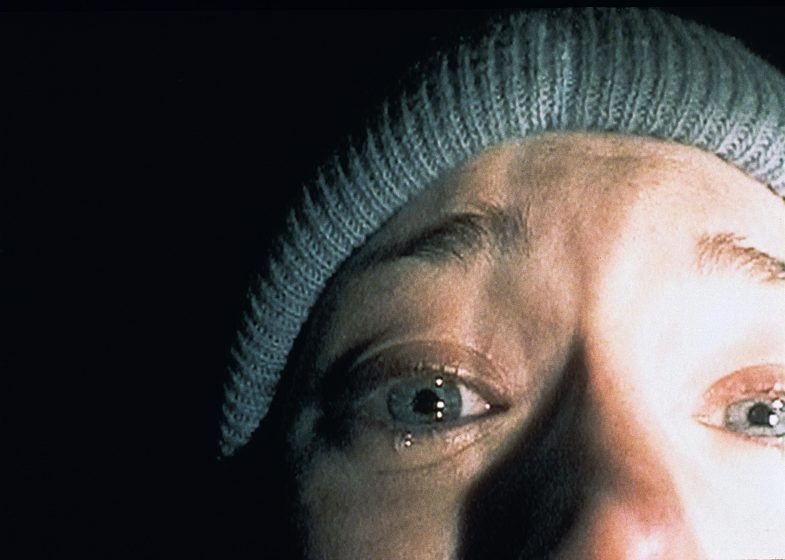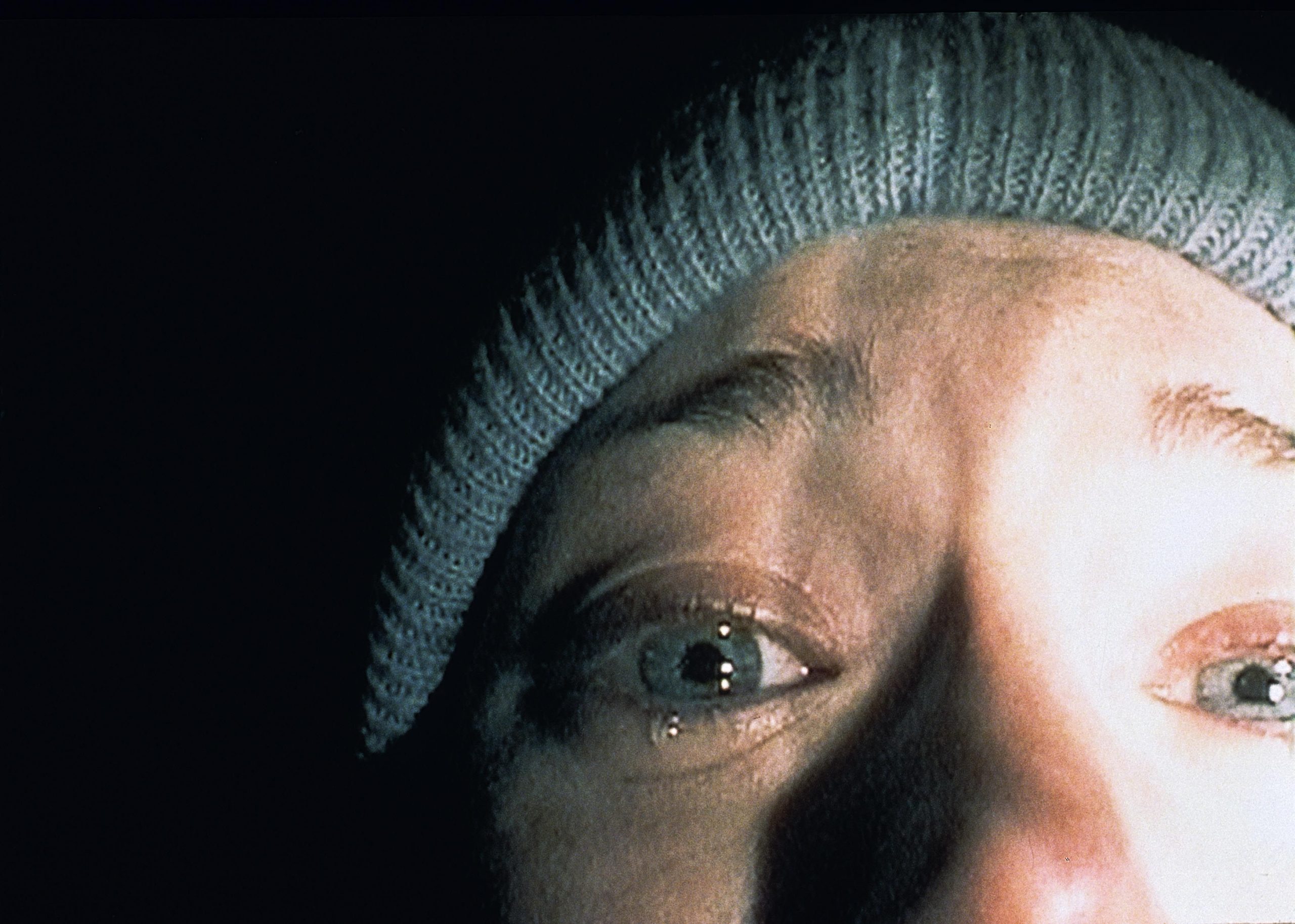
Rebuilding the foundation
At its root motion picture exhibition is about storytelling. Storytelling that reflects the concerns and the focus of the community that the theater serves. As soon as you take your eye off that community you begin to diminish. A case in point, in the 60’s and the 70’s filmmakers told stories that appealed to certain demographics. The Southern drive-in circuit when “The Legend of Boggy Creek” or the exploitation movies of Earl Owensby flickered on the screen, they showed movies that appealed to the interests and the escapism of the southern demographic.
In the 50’s Hollywood used technology like Cinerama, Todd-AO , Cinemascope, 3D and VistaVision to attract audience. Only the implementation of widescreen presentation had any staying power.
When the movies were under siege, showmen like Kroger Babb rose to prominence. Babb, who promoted himself as “America’s Fearless Young Showman,” ruled over legions of Mom and Pop “roadshow units” from his offices in Worthington, Ohio just north of Columbus. His stock is trade would be to rollout “sex hygiene” movies, morality tales of a good girl gone wrong. He used a form of movie exhibition that was often utilized until the rise of “the tentpole” called “four walling.” Instead of booking his film into theaters for a percentage of the box office, he would simply rent the theater outright and take it over for the week or, in smaller markets just for a couple of days. I wonder now that some chains are renting theaters for $99 would this be an opportunity for an enterprising distributor. Babb would pay for all advertising, design both banners and marquees, and turn the theater into a visual carnival, complete with decked out lobbies to lure unsuspecting moviegoers. He was uniformly hated in Hollywood, so he used independent mom-and-pop theaters that weren’t part of any major circuit He was forced to fight local censorship boards, the police, judges, clergy, and incensed newspapers every step of the way. One of his movies was subjected to 400 separate court proceedings during its run. Babb has a brilliance to him; he knew that all these legal dustups would lead to a greatly enhanced audience. Humans are funny, tell them they cannot have something, they want it more.
The fundamental void we have in this business of exhibition is showmanship. In many ways the studios has transformed the once powerful machine of regional and localized distribution into a de-facto Stepford Wife. They expect exhibitors to follow their edicts and to comply with their demands. A few brace exhibitors like Marvin Troutman of Millersburg, Pa went to battle against the studios and won, but for the most part exhibitors have taken the road of compliance. As result when the studios make an escape to streaming during a pandemic, there is a deep absence of leadership within the industry. There is of course leadership, which is organizational in nature, but that kind of leadership does more to sustain the organization than the industry it is supposed to serve. Self-preservation is a deeply instilled human instinct, but often it is short sighted.
The same short sightedness that the studios have as they shuffle off to that nirvana, the call streaming. As soon as a movie is on streaming it ceases to be an event, instead it becomes a commodity. A commodity which powers a utility like Netflix and draws brief attention to the accessibility of a streamed product. As soon as it ceases to be an event, a happening….it is diminishing. The streamers foolhardily do not realize as a movie diminishes so does it diminishes them. Movies cease to be a meal of sumptuous storytelling and become just an offering of a virtual vending machine. This is significant because the lack of a balanced ecosystem erodes all the economies it serves.
Exhibitors must realize that it is indeed time to build a new foundation. A foundation that is built as a result of the communities you all serve. There is no longer one market that is powered by a national campaign. There are regional realities and regional needs. The economies demanded by Hollywood are gone. A 3500-screen release is a thing of the past. It is better to build on examples like Charles Pierce, the man who made “Legend Of Boggy Creek” and “The Town That Dreaded Sunday”, who created movies that would be successful if played to a limited market.
When “Tenet” was released it produced mediocre results. It absolutely failed in the secondary and rural markets. It betrayed a key failing of Hollywood marketing; they have no idea who their audience is anymore because they are shot gunning their marketing efforts. At their budget level, of a couple of hundred million per movies they must cast a wide net in order to achieve any form of return. The pandemic though tore that net opened and showed that going forward the Hollywood model was forever broken and was not fixable.
With the failure of Quibi betraying the arrogance of Hollywood, and the subsequent loss of $2 billion dollars a new reality is emerging (which by the way from a practical standpoint represents 133 million large 4 topping pizzas) streaming in many ways is a flawed model and is not impervious to failure.
It is imperative that exhibitors start talking to each other. Not through the auspices of a convoluted ivory tower but exhibitor to exhibitor. Ideas and plans must be made collectively, with the firm understanding that it is a new day and, in many ways, a new business. How do we take the lessons of the past in the business of exhibition and shape them to our new and somewhat scary modern reality?
If we cast our own net, start a collective distribution effort one day a “Blair Witch Project” or “The Passion of the Christ” will emerge. Now if we take it further then we can ensure a more solid foundation gets put in place. A foundation that can supply distribution with its proper due.
So here is an idea, a collective of theaters start obtaining the rights to exhibit movies theatrically. Contractually they insist that everyone of these movies be provided a 120-day theatrical window, making the argument that a theatrical release greatly enhances a streaming release. After this runs for a while, they start including streaming rights in their licensing of these movies and then approach a couple of streaming services which are not owned or partially owned by studios or their parents. They offer these theatrical released movies to the independent streaming services and are due a piece of the streaming revenue because of being the distributor of the movies. The theaters have inf fact collectively created their own studio. Of course the studios will yell and scream “Antitrust” but I suspect their argument would have little legal credence and there is precedent with the National Cable Television Cooperative has been involved in programming acquisition for their members for the past 36 years.
We must start talking with each other, there is hope but first there must be a commitment to rebuild. Ask yourself, what would Kroger do?

